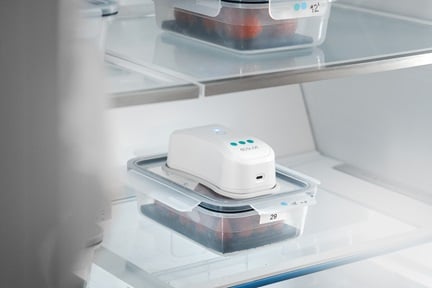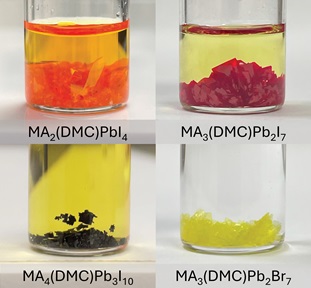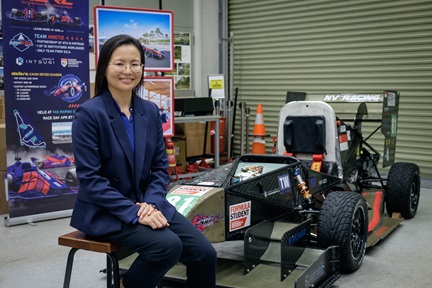Robots and the road to recovery
To maintain quality rehabilitation therapy outside of the hospital, researchers at NTU’s Robotics Research Centre (RRC) have developed unique, gamified rehab robots.

Walking up a flight of stairs, cooking a meal or even getting out of bed are actions most of us take for granted. But for some, it requires a great effort and sometimes years of hard work to relearn how to raise their arms or take a single step.
After a serious injury or illness, healed tissue and bone is surely cause for celebration. But next comes the hard work of total recovery and returning to a full range of motion and function. From pregnant women to stroke patients, physiotherapists prescribe exercises, medication, acupuncture and even electrical stimulation to aid recovery and get patients back to living active lives without pain.
Like many other industries, the medical sector is currently experiencing a wave of robotic advancements. With the rise of surgical and rehabilitation robots, the medical robots market is expected to reach US$12.7 billion by 2025—spurred on by medical tourism and a rising demand for minimally invasive procedures.
Take home therapy
At a hospital, whole teams of healthcare professionals and physiotherapists are around to encourage and guide patients as they work towards recovery. At home, however, it can be difficult to stay motivated and exercise regularly. Without continued therapy, the progress made in the hospital can quickly start to ebb.
“Rehabilitation robots can bridge this gap,” says Assoc Prof Domenico Campolo, Director of the Robotics Research Centre (RRC), hosted by NTU’s School of Mechanical and Aerospace Engineering.
robotic devices without visiting hospitals or clinics regularly.”
One particular rehabilitation robot in use is H-Man, a portable arm rehabilitation robot that lets patients perform intensive exercise at home. Originally designed for stroke patients, it was developed by RRC in collaboration with rehabilitation physicians and occupational therapists from the Tan Tock Seng Hospital (TTSH) Rehabilitation Centre and commercialised by NTU spin-off company ARTICARES.
encourage the same motivation, H-Man, which comes with a joystick-like handle, is designed to be played like a game—patients can choose to fly planes, spot hidden objects or even go fishing, all while training a range of arm movements.
Such robots address a dire need—by 2035, roughly 32% of Singaporeans will be over 65 years old, placing significant strain on a shrinking workforce. Given the ageing population, the healthcare sector faces the double whammy of an increased demand for rehabilitation services coupled with a shortage of manpower. Robots like H-Man can help free up time and maintain quality therapy with minimal supervision.
“We have an example of a nursing home in Singapore that deployed H-Man in their centres,” says Assoc Prof Campolo, who is a co-founder of ARTICARES. “Originally, the therapist would meet seven to eight patients a day, but with H-Man, she can now meet 15 to 16 patients every day.”
Reducing resistance
Despite the benefits, many patients are still uncomfortable with robots playing a role in their treatment. To understand and address their concerns, Assoc Prof Sharon Ng and her team at NTU’s Nanyang Business School are working with RRC and TTSH on a project titled “Robots as medical professionals: Unpacking and mitigating public’s resistance towards rehabilitation robots” (read more about Assoc Prof Ng's research on page 33).
“We want to better understand why the public and patients may be resistant to robots and hopefully come up with interventions to either reduce that fear or at least mitigate any adverse feelings they may have towards robots,” she explains.
computer than a person—making it clear that it is a harmless tool rather than an uncanny threat.
However, an issue yet to be addressed is “uniqueness neglect”, where patients worry that robots cannot account for their individual differences or understand how they are feeling. Rehabilitation robots are convenient and efficient but lack the “human touch” that patients rely on for motivation.
“One of our interests is perseverance,” says Assoc Prof Ng. “We want to know if a robot makes patients more or less likely to persevere, compared to a human therapist with whom they could negotiate.” By studying how therapists think, work and interact with patients, as well as patients’ motivation, researchers can eventually design robots that motivate them even when they are on their own.
RRC is now working on designs that include rehabilitation therapy for mental health so an entire spectrum of quality treatment can take place outside of hospitals. With Assoc Prof Ng’s research deepening understanding of patient needs, such robots are set to be the future of rehabilitation.
“Rehabilitation robots can be extensively useful in the future in order to ensure that patients have access to sophisticated rehabilitation technology closer to their homes,” says Assoc Prof Campolo.
The article appeared first in NTU's research & innovation magazine Pushing Frontiers (issue #19, August 2021).




.tmb-listing.jpg?Culture=en&sfvrsn=29c7e020_1)
.tmb-listing.jpg?Culture=en&sfvrsn=55153609_1)

